Scientists Uncover Explanation for Hidden Ocean Swell Interactions
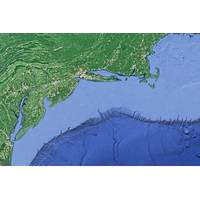
Better simulations of internal tides may benefit sonar communications, protect offshore structures, and more. In certain parts of the ocean, towering, slow-motion rollercoasters called internal tides trundle along for miles, rising and falling for hundreds of feet in the ocean’s interior while making barely a ripple at the surface. These giant, hidden…
Fukushima Radioactivity Detected at British Columbia Shoreline
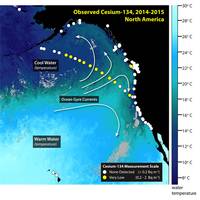
Scientists at the Woods Hole Oceanographic Institution (WHOI) have for the first time detected the presence of small amounts of radioactivity from the 2011 Fukushima Dai-ichi Nuclear Power Plant accident in a seawater sample from the shoreline of North America. The sample, which was collected on February 19 in Ucluelet, British Columbia, with the assistance of the Ucluelet Aquarium…
$140m Awarded for GoM Oil Impact Research
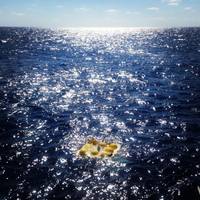
The Gulf of Mexico Research Initiative (GoMRI) has selected 12 research consortia to conduct scientific studies of the impacts of oil, dispersed oil, and dispersant on the Gulf of Mexico ecosystem and public health. These research investments focus on improving our fundamental understanding of the implications of events such as the Macondo well blowout…
DeepWater Buoyancy Chosen for Ocean Observatories Initiative
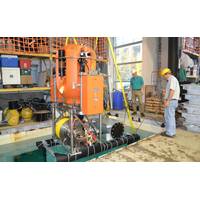
DeepWater Buoyancy has been awarded a major contract to supply flotation to the University of Washington’s Applied Physics Laboratory for the cabled observatory component of the Ocean Observatories Initiative (OOI). The OOI, a project funded by the National Science Foundation (NSF), is planned as an integrated infrastructure of science-driven platforms and sensor systems to measure physical…
Upgraded Alvin Sub Passes Scientific Sea Trials
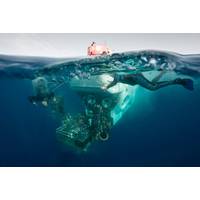
Scientists gave the rebuilt Alvin submarine two thumbs up after field-testing the nation’s only human-occupied deep-sea research vehicle for the first time after a major $42-million overhaul that dramatically upgraded the sub’s capabilities. “We’ve tested the core functions of the new Alvin, and we believe we have a great new tool for the scientific community,” said Harvard University scientist Peter Girguis.
Deep Ocean Drilling Research: Texas A&M in New NSF Agreement
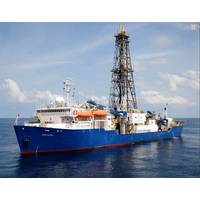
The National Science Board has authorized the National Science Foundation to enter into a cooperative agreement with Texas A&M University to continue managing the International Ocean Discovery Program (IODP) and operating its scientific research vessel 'JOIDES Resolution', considered a premier research vessel for deep-ocean drilling. The five-year agreement begins Oct. 14, 2014.
Arctic Oil Exploration: Shell Awaits New Giant Icebreaker
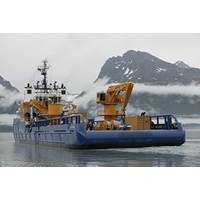
The M/V Aiviq icebreaker, contracted by Shell Oil to support drilling in Alaska’s Chukchi Sea, is scheduled to be completed by Louisiana-based Edison Chouest Offshore in early 2012. The vessel, ordered in July 2009, is on track for April 1, 2012, delivery in Galliano, La., and will then head north, according to Shell Oil spokesman Curtis Smith. The $200m Aiviq is the largest vessel ever built by Chouest…
